Manufacturing processes are being revolutionized by pin-point tracking and monitoring, leading to optimized workflows and enhanced safety protocols within the factory environment
Manufacturers are always on the lookout for innovative solutions to transform their manufacturing processes. Industry 4.0, the digitalization of the manufacturing sector, focuses on two key factors: process optimization and safety.
To address these, systems need location and logistical information about where people, machinery, and robots are in a facility and what they’re doing. However, this attempt towards a more digitalized and streamlined environment faces many challenges. In particular, location-sensing solutions are paramount to take the next step forward, but existing technologies like Bluetooth LE beaconing often have a hard time in large indoor spaces such as warehouses or factories. They also struggle to provide the precision and granularity needed for these advanced tracking applications. In this paper, Laird explores how Ultra-wideband (UWB) technology has emerged as a beacon of hope for manufacturers seeking precise, reliable location sensing for industrial.
UWB technology, known for its high precision positioning in indoor environments, is more precise than any other location technology. Let’s look at an example of how Volkswagen (VW) used UWB to transform its manufacturing processes. Within a manufacturing environment, UWB tags are attached to critical assets, machinery, and personnel to pinpoint their location. These tags send out signals that are captured by other UWB tags installed throughout the facility. There are three techniques that make UWB so precise: time of flight, time difference of arrival, and angle of arrival. All are used to triangulate the position of each asset to support visibility into processes like fleet location, traffic bottlenecks, and idle times.
This initial implementation progressed into exploring how UWB can further optimize workflows in manufacturing. There are many automated systems within a manufacturing plant, such as robots and autonomous vehicles, that rely on information to determine where they are, where they’re going, and how to navigate there. UWB uses spatial awareness to recognize where a device is relative to a fixed monitoring station with low power consumption, ensuring that the tracking device (a UWB tag) operates for a long time without changing batteries or recharging. Continuous tracking of UWB tags on these vehicles helps to ensure that the exact position is monitored, which can be used to optimize routes for material movement to prevent traffic and accidents.
With large robotic arms, dangerous machinery, and autonomous robots continuously moving throughout the plant; safety needs to be addressed. The precision of UWB helps to create virtual boundaries, known as geo-fencing, around specific areas within the manufacturing facility. These geo-fences can be used around hazardous zones, machinery, or even restricted areas that would trigger an alert when a device equipped with a UWB sensor crosses a geo-fenced area. This might ensure that only authorize personnel handle certain equipment or might verify that employees stay away from dangerous areas where robots may be moving large items throughout the facility. With many use cases, UWB is flexible enough to be integrated into various stages of manufacturing operations due to its precise localization, high security, and exceptional signal strength.
When implementing UWB in a manufacturing setting, data collection is the initial focus. Sensors, either integrated or external, are placed on items like machinery, robots, and people, capturing data like temperature, vibration, and location. Bluetooth LE can provide basic positioning or RSSI-based ranging, but integrating UWB significantly enhances accuracy, achieving pinpoint location within 10cm. This precision is crucial for not just asset tracking, but also optimizing efficiency to improve routes and decision-making of autonomous vehicles and machinery as they move around the facility. The Sera NX040 Series from Laird Connectivity provides detailed location data and positioning for tracking. In space sensitive applications, using the highly durable NanoUWB Internal Antenna provides continuous frequency bandwidth from 5850 MHz – 8250 MHz.
The next important component is edge processing, where continuous and reliable communication between devices is essential. Here, the accuracy of UWB and connectivity of Bluetooth LE work together to improve asset tracking and management. The Sera NX040, utilizing wireless silicon from NXP, precisely locates robots, people, and other devices, laying the groundwork for improved geo-fencing and movement analysis for safety and operational efficiency. The Sera NX040 also uses Nordic Semiconductor’s NRF52 SoC for Bluetooth LE, ensuring consistent communication between sensors and edge devices. Having both UWB and Bluetooth LE in a single module streamlines the design process as it is pre-certified and backed by our industry leading technical support, design services, and test services to help you simply implement UWB in your next project.
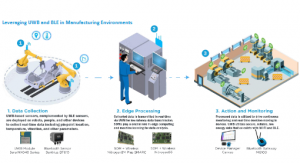
Furthermore, an edge processing device requires the processing power to compute and calculate all of the information that is flowing into it. A scalable platform that streamlines the development process is vital as the plant’s data processing needs evolve over time. Utilizing a system-on-module (SOM) not only offers a reliable and scalable solution, but also the necessary computational power to handle analytics at the edge. Laird Connectivity’s Nitrogen93 SMARC SOM utilizes a dual core Cortex-A55 microprocessor and a Cortex-M33 microcontroller. This local processing capability ensures that data can be analysed on-site, reducing latency and the volume of data that must be transmitted to a central server. With dedicated high-performance machine learning along with UWB and BLE, predictive maintenance and quality control can be generated directly on the manufacturing floor.
With the infrastructure established, the groundwork is laid for initiating actions and overseeing operations. Utilizing the Sera NX040 as a UWB tag can help set up geo-fences around specific areas, such as robotic welding Leveraging UWB and BLE in Manufacturing Environments stations, to increase personnel safety. If a UWB tag, worn by a worker, enters a geo-fenced area, the system can trigger alerts and react quickly to prevent potential accidents. Similarly, the system can generate insights into asset utilization on the floor. If an automated guided vehicle is idle or underutilized based on its location data, its workload can be reconfigured to increase overall device efficiency at large. The Sera NX040 is not a stand-alone Real-Time Location System (RTLS), but it contributes the building blocks, such as tagging and tracking, to a facility.
Learn more at https://www.lairdconnect.com/
Related Articles
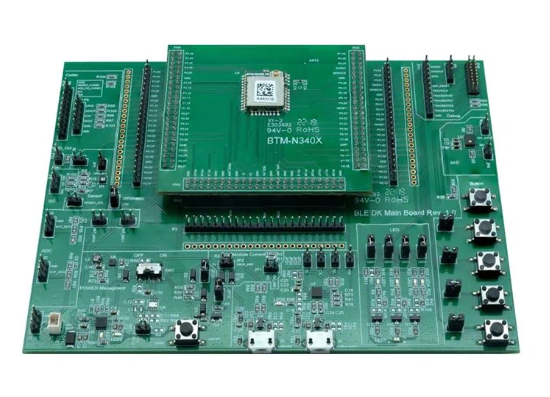
Nordic-powered module provides Bluetooth LE Audio connectivity for headphones, speakers & audio systems
Rayson Technology’s BTM-N340X employs nRF5340 SoC for LE Audio plus advanced metering and home automation applications Wireless communications company Rayson Technology has released a multiprotocol module based on Nordic Semiconductor’s nRF5340 System-on-Chip (SoC)....
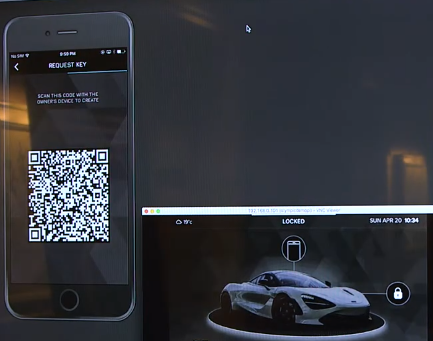
Ellisys Introduces Support for CCC Digital Key Technology
Protocol Updates Aid in Test, Validation, and Debug for Automotive and Consumer Electronics Developers and Test Labs Ellisys, a leading worldwide provider of Bluetooth®, Universal Serial Bus (USB), Ultra-Wideband, and Wi-Fi® protocol test and analysis solutions has...
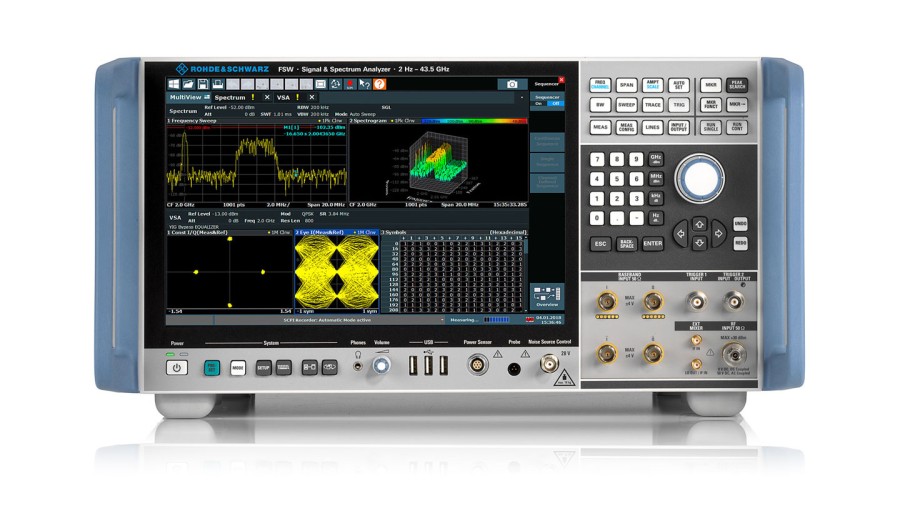
Rohde & Schwarz 170 GHz power sensors ease use and traceability in the D-band
Rohde & Schwarz is launching the new R&S NRP170TWG(N) thermal power sensor for precise power level measurements in the D-band. The new R&S NRP170TWG(N) sensors from Rohde & Schwarz are used in general R&D for 6G mobile communications, novel sub-THz...
Stay Up to Date With The Latest News & Updates
Our Sponsors
Incisor.TV partners with leading organisations in the technology sector.
Follow Us
And stay up to date with our news! We are active across the key social media platforms – please do follow us!



0 Comments